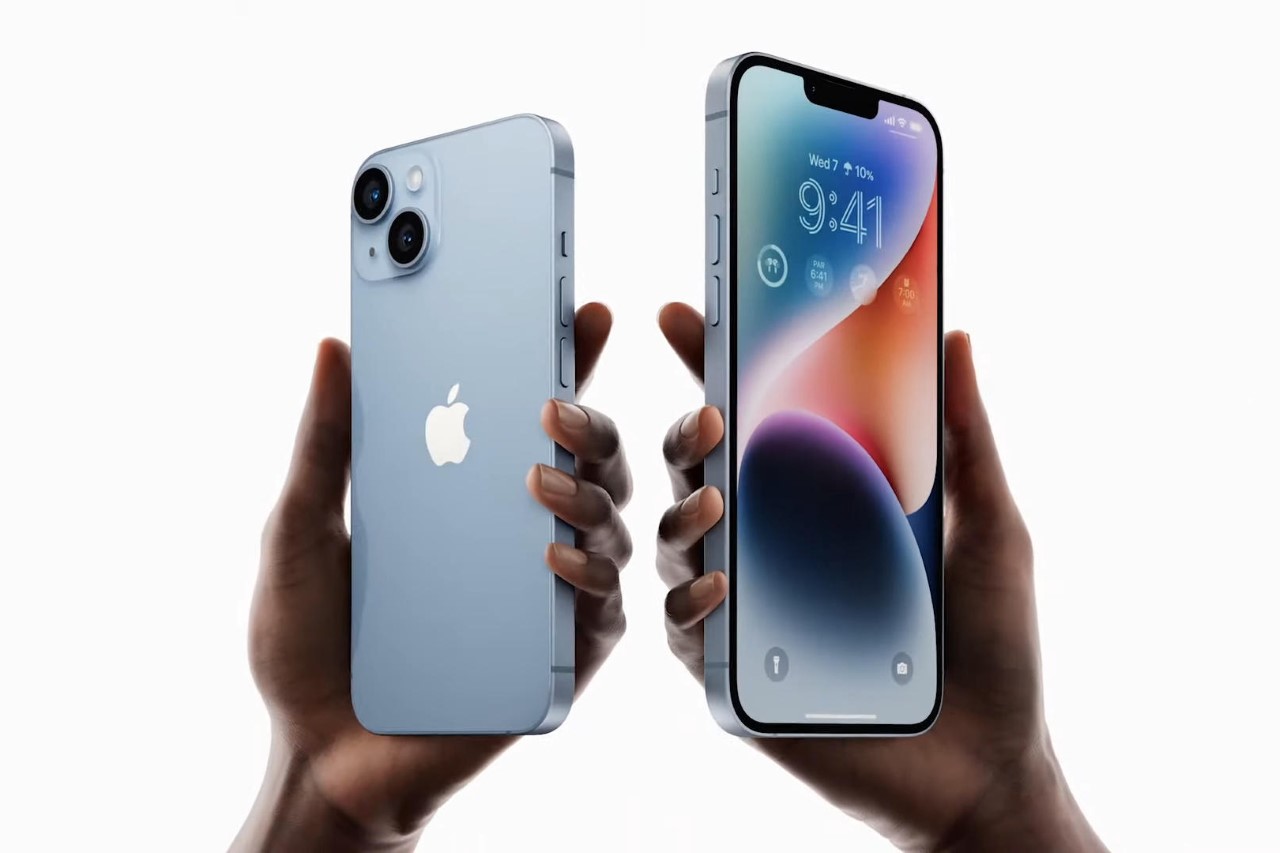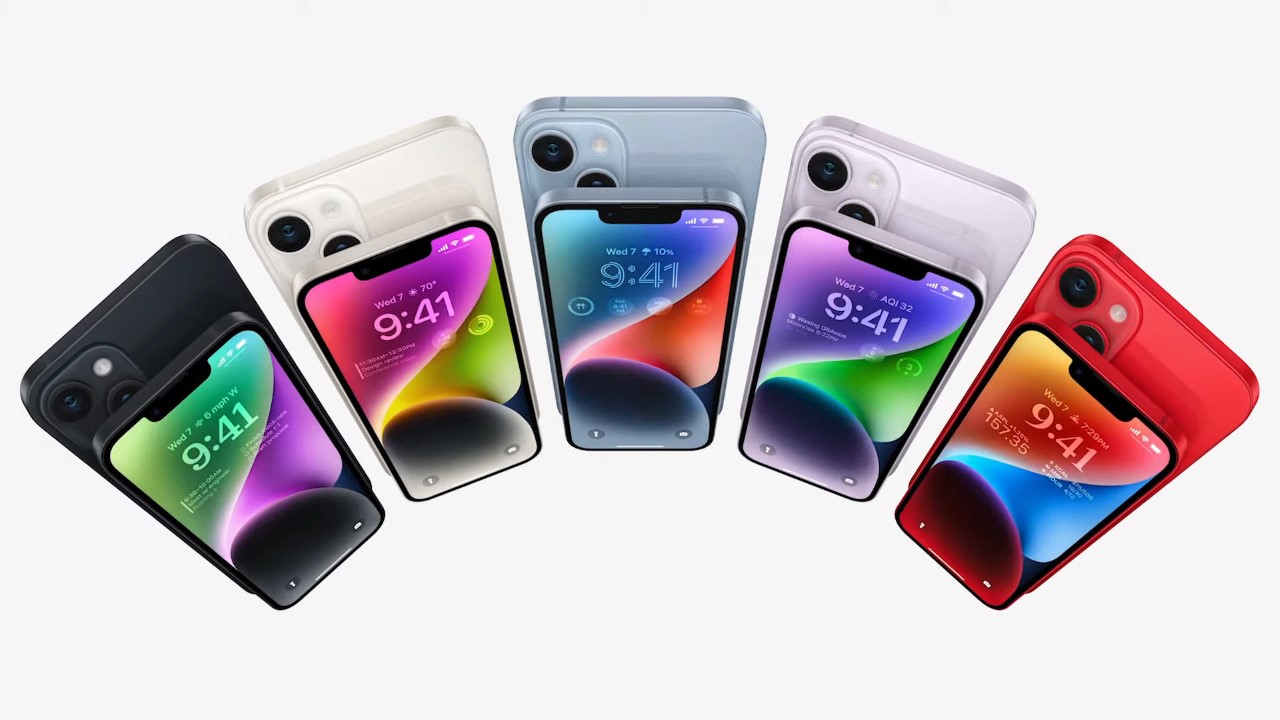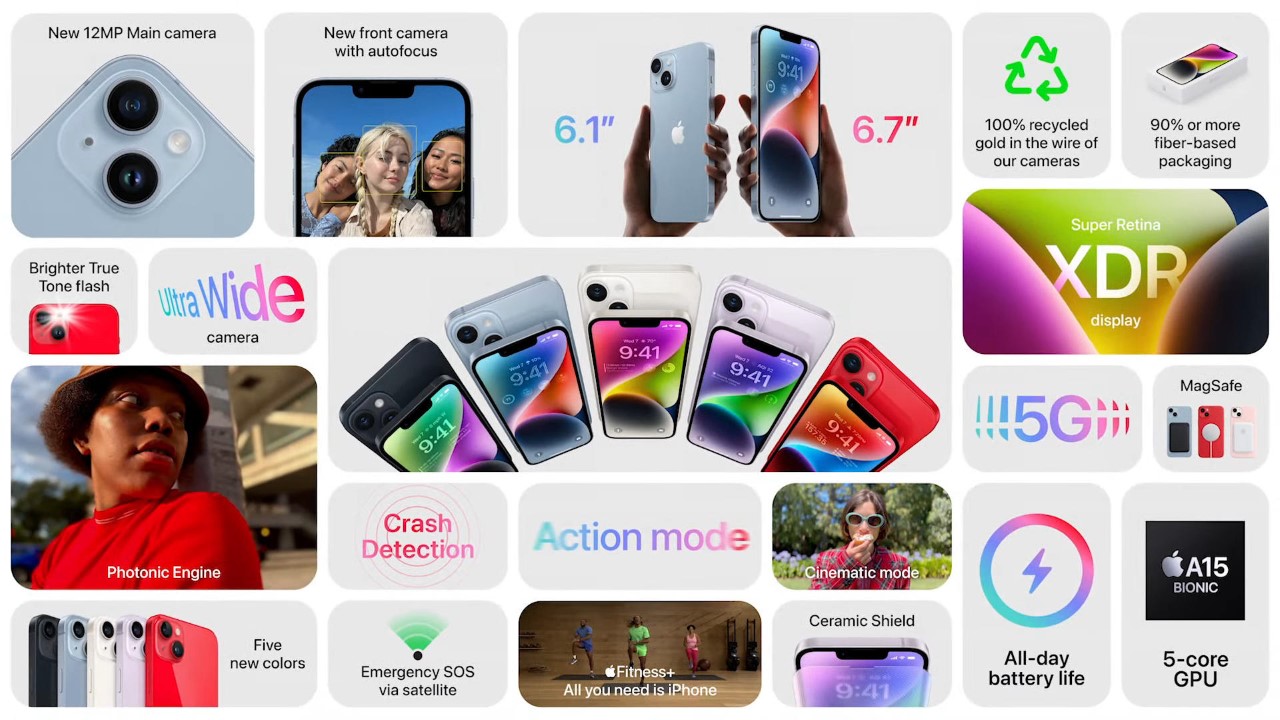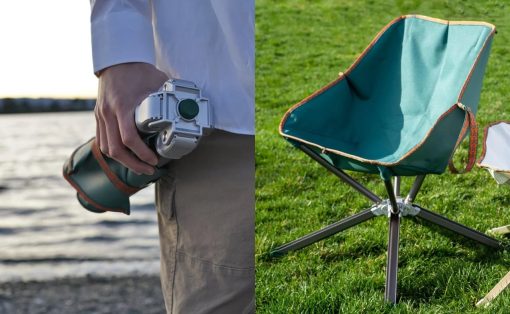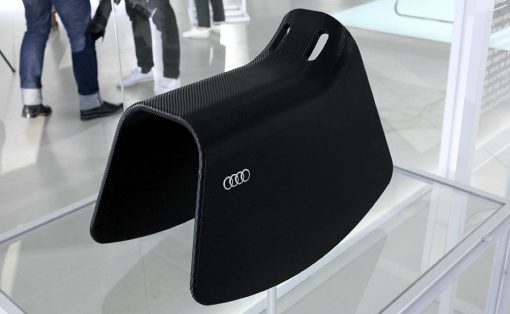If there’s one takeaway from this year’s keynote, it’s that Apple wants to make all its devices more useful in practical scenarios. With crash detection, and the unique ability to connect to satellites for SOS calls, the iPhone 14 and 14 Pro are quite literally must-haves.
It’s a simple yet BRILLIANT idea. How do you get people who’ve just spent money on an iPhone 13 to switch over to the latest model? Surely a better camera isn’t a compelling enough reason to spend $999 on a new phone… but, if Tim Cook were to say that the new iPhone can literally save your life, that becomes a stronger reason to make a switch. Moreover, it now leaves Google, Samsung, and the like scrambling, because, for the past decade, the camera seems to have been the single most important piece of hardware and software on a phone. The new iPhone 14 and 14 Pro series aren’t just good iPhones with great cameras, they’re also now the potential difference between an emergency and safety.
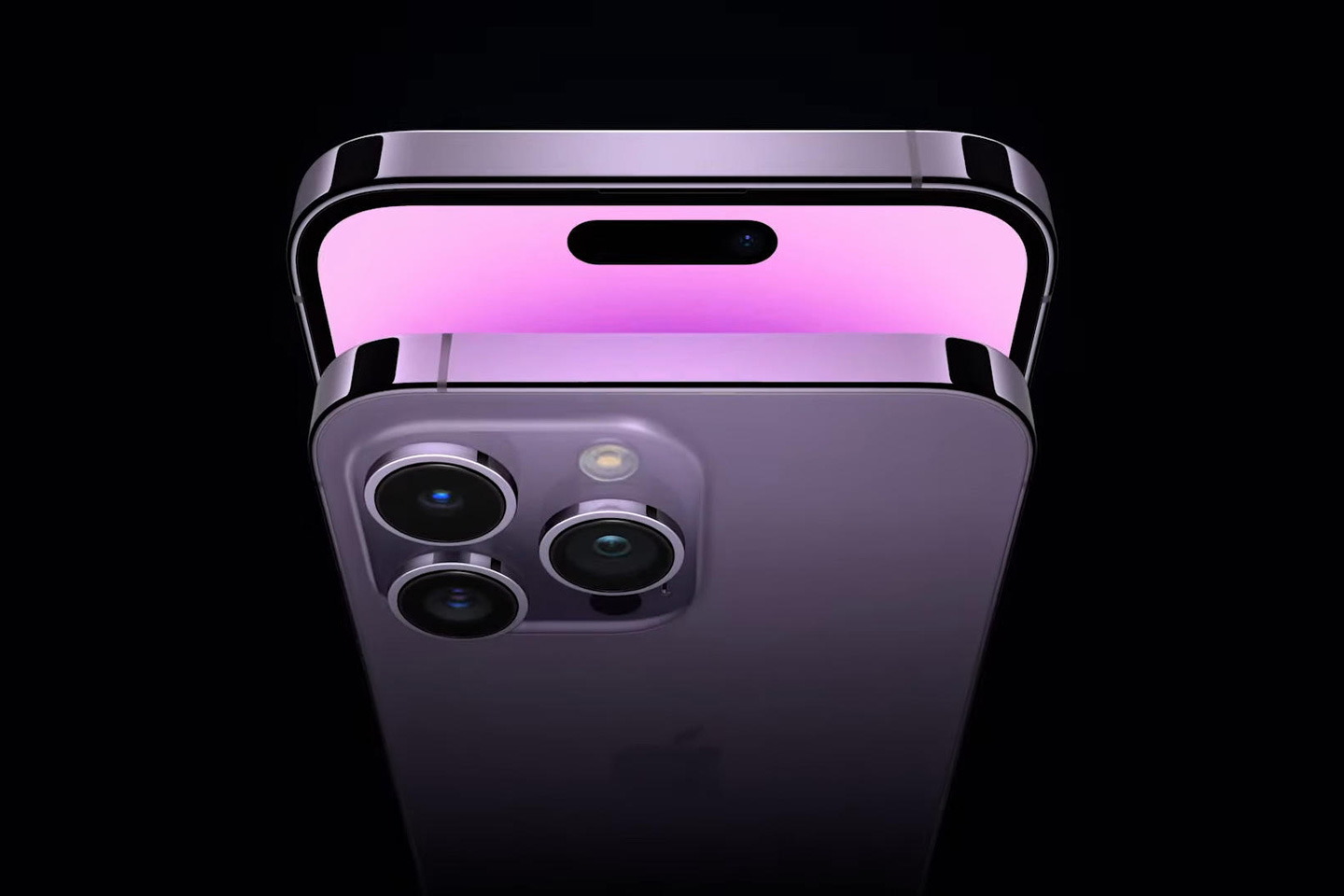
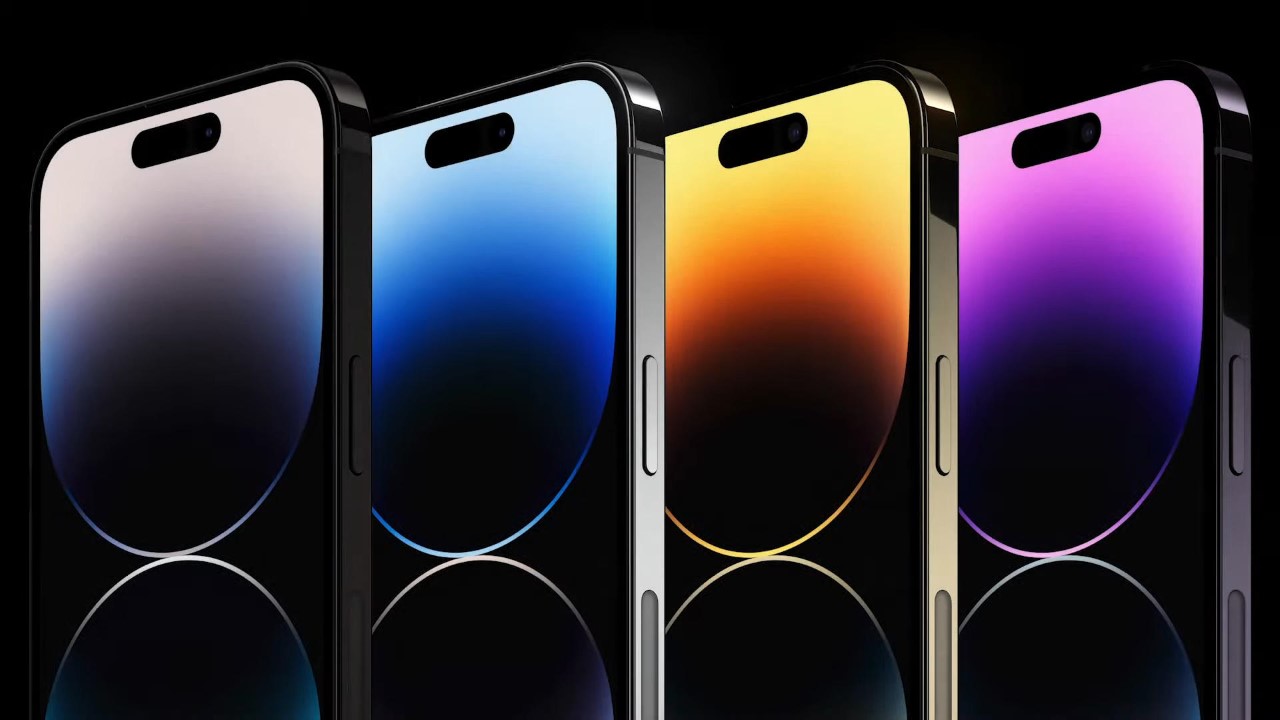
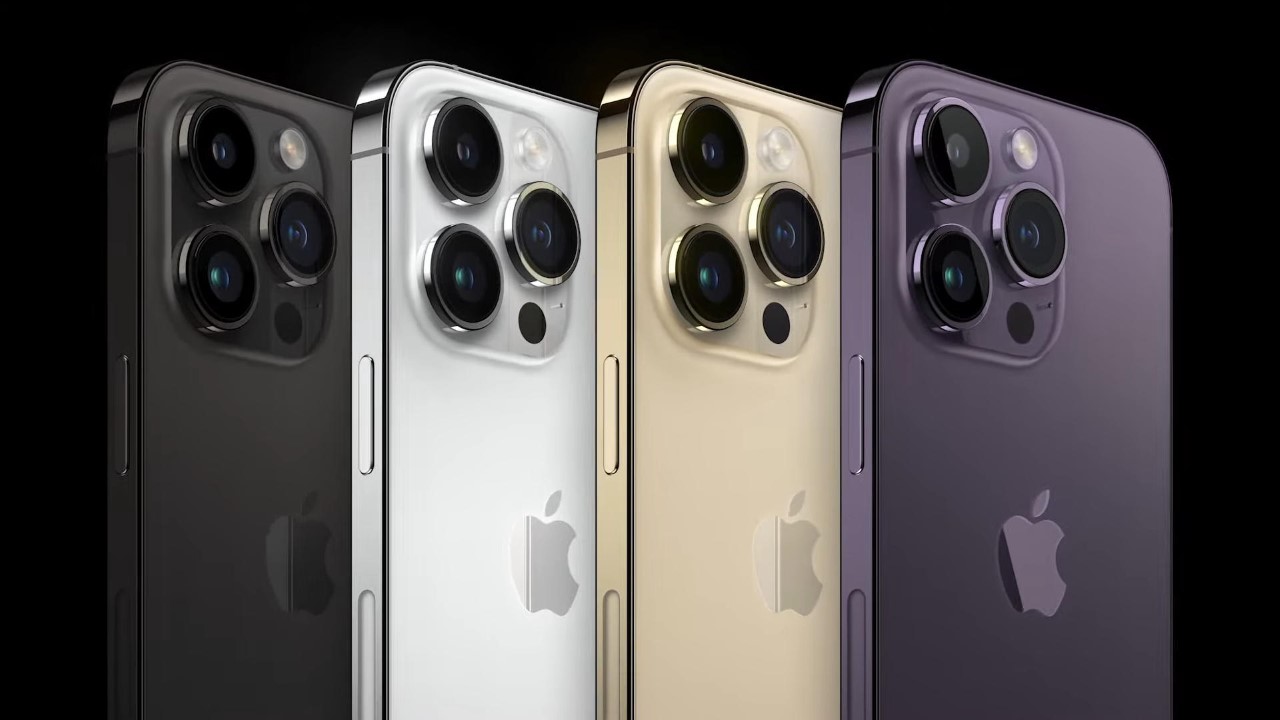
Before really talking about the fluff that makes the phone attractive to consumers for daily use, let’s highlight the two features that absolutely change how people perceive iPhones. Debuting both on the iPhone 14 and the Watch Series 8 at exactly the same time, the Crash Detection feature is a culmination of millions of studies on how Apple’s hardware can help detect car crashes and alert emergency services in an instant. The company had perfected fall-detection over the last few years, but ‘Crash Detection’ is an absolutely different ball game. The phone uses a high g-force accelerometer, gyroscope, sensors, microphone inputs, machine learning algorithms, and data from the Watch Series 8 (if the victim is wearing one) to detect multiple types of car crashes, including impacts on the front, side, rear, or eve barrel-rolls across different car types from smaller smart cars to large SUVs. This allows the iPhone 14 and 14 Pro to know exactly when you’ve been in a crash, notifying the authorities and emergency services in an instant. Sure, Android phones have touted car-crash-detection features in the recent past, but the iPhone 14 goes above and beyond with its next feature.
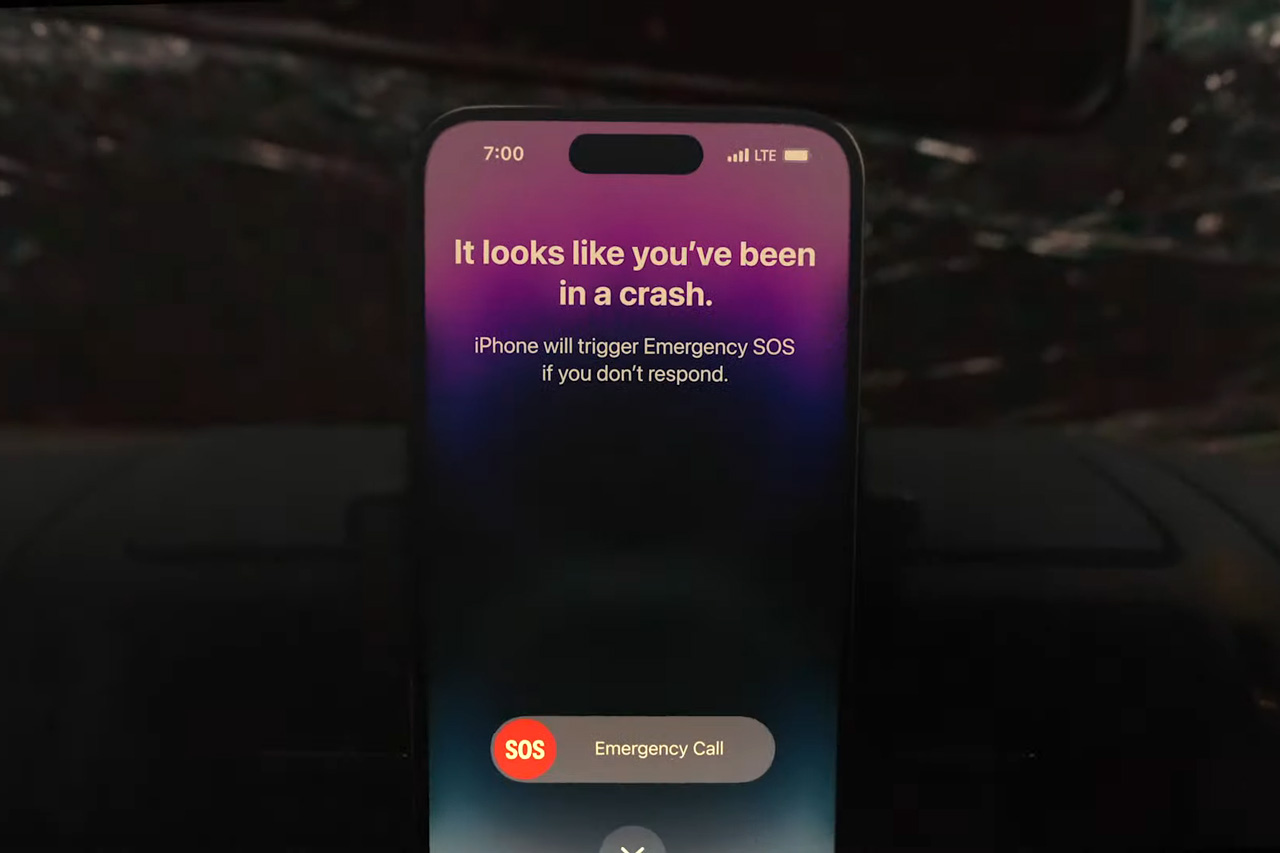
Before last year’s keynote, there was speculation that the iPhone would be getting Low Earth Orbit satellite connectivity, and with the 14 and 14 Pro, it seems like Apple’s ready to roll the feature out – well, at least initially to customers in USA and Canada. The way the phone works is pure hardware ingenuity. Unlike satellite phones that are bulky and come with a massive antenna to help you get cell coverage in areas with no infrastructure or access, the iPhone 14 and 14 Pro simply redesigned their hardware and their antennas to help the phone connect to satellites in different intuitive ways. The phone’s new interface lets you connect to a satellite simply by pointing your phone at it. The interface allows you to detect the direction of the satellite, although the caveat is that you need to be outdoors and preferably in the open with no obstacles like trees or foliage blocking the connection. Once connected, you can send texts (which are now compressed to a third of their original space for faster transmission), your location, and even make voice calls. The iPhone’s new SOS UI also allows you to pre-select the nature of your emergency and your possible surroundings, to aide better search and rescue missions. Your $799 iPhone 14 can now potentially save you from being stranded and possibly being in severe danger.
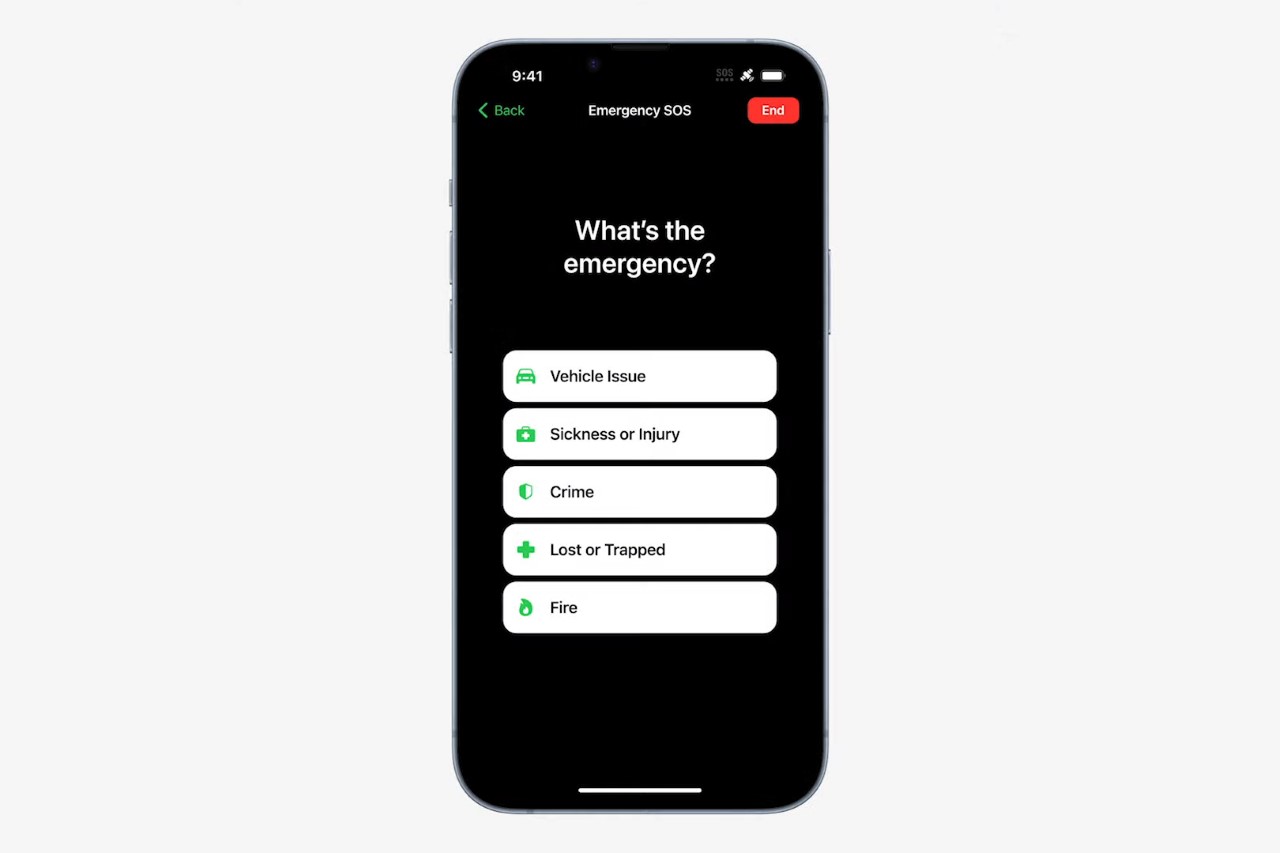
Now onto the good stuff. The iPhone 14 and 14 Pro come in regular and large sizes with different nomenclatures, strangely. The larger 14 is called the 14 Plus, but the larger 14 Pro is called the 14 Pro Max. The iPhone 14 runs on the A15 Bionic chip (something we suspected, given the chip shortage), while the new iPhone 14 Pro sports the new A16 Bionic chip (with an entire part of the chip dedicated to just the interactions around the Dynamic Island). Surprisingly enough, Apple hasn’t caved in to the EU’s demands for a USB-C iPhone, and didn’t even address it in their keynote in a way that makes me think they’re taking a rather firm stance. Other features in the new phones is their always-on display, and the ability to save battery by decreasing brightness and dramatically reducing the screen’s refresh rate down to as little as 1 Hz for a battery that literally lasts an entire day.
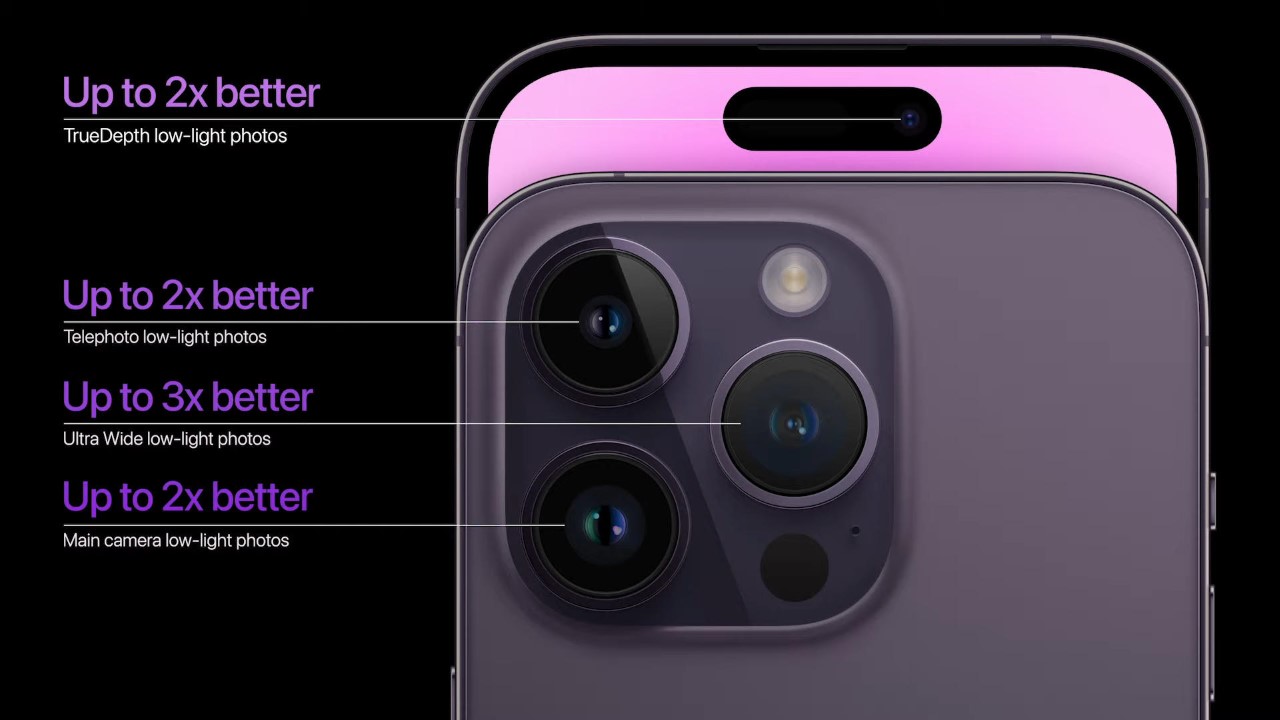
The new phones have better cameras too, although that isn’t really a surprise. They work remarkably well in low-light conditions, with the iPhone 14 Pro sporting what Apple calls a quad-pixel sensor for much better performance. Like the Cinematic Mode from last year’s iPhones, this year Apple unveiled an Action Mode for their cameras, that provide incredibly stable videos that almost feel like they’ve been taken using expensive cinematic rigs. The iPhone 14 Pro also offers a 2X mode that works in a unique way by simply cropping a part of the 1X mode but preserving an incredible amount of detail, thanks to that quad-pixel sensor and the 48-megapixel main camera.
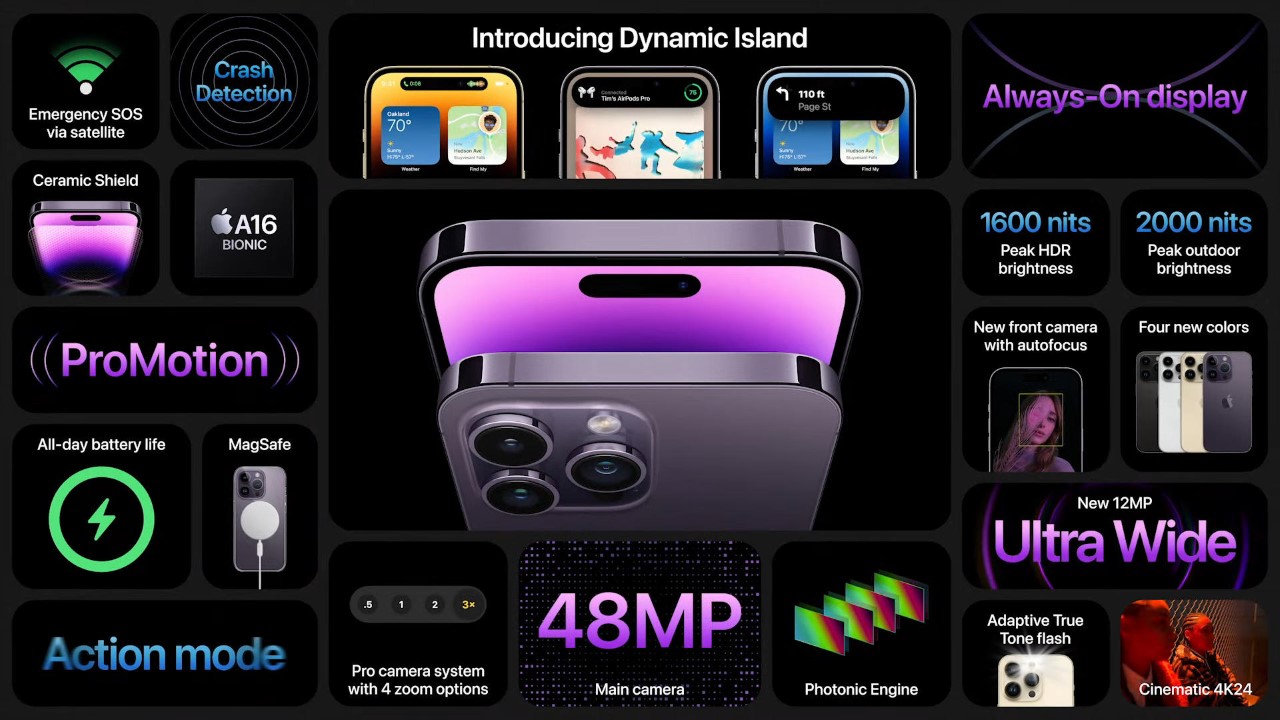
The iPhone 14 (below) starts at $799 for the regular model and $899 for the marginally larger 14 Plus, while the 14 Pro and 14 Pro Max are priced at $999 and $1099 respectively. All phones will be available starting September 16th, except for the iPhone 14 Plus, which will launch 3 weeks later, on October 7th, 2022.
